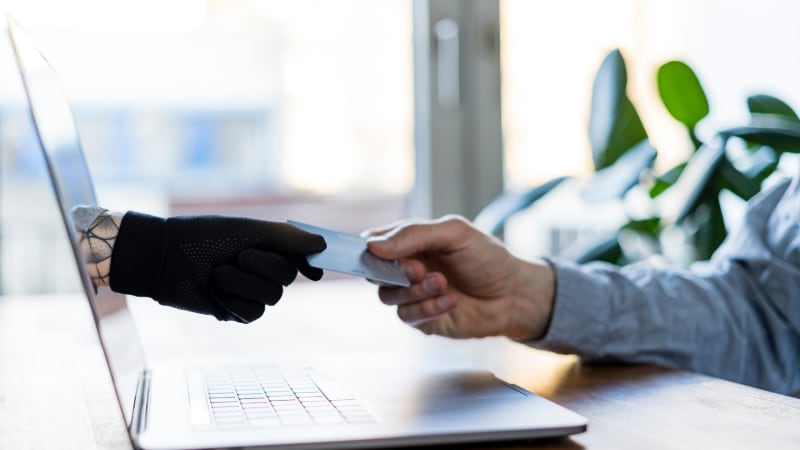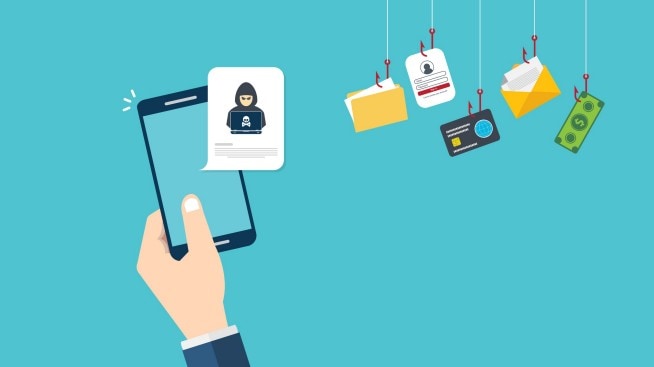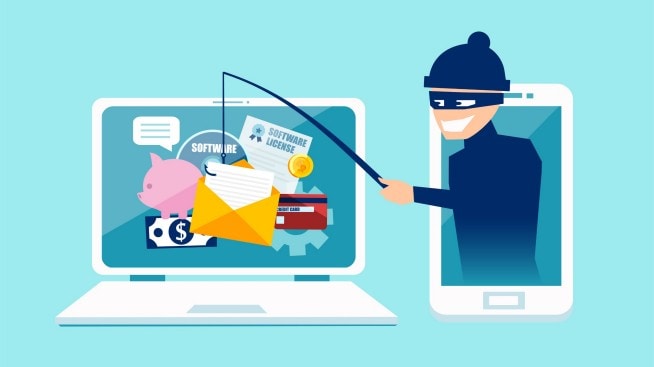The basics of identity theft protection

In today’s digital age, we’re all vulnerable to identity theft. So how can you help to prevent it? Let’s start by defining what it is.
What is identity theft?
Identity theft is when someone takes your personal information to commit fraud. This information may include your social security number, birth date or account numbers. Identity theft can come in many forms and here are a few examples of what might be done with your stolen information:
- Opening of new lines of credit, charging expenses to new accounts in your name.
- Filing of taxes in your name to receive your refund.
- Emptying your bank account’s funds.
- Receiving medical services that are then billed under your name.
The most common types of identity theft
Below are some ways identity theft may occur:
- Shoulder surfing: When you key in your credit card number by hand in public, somebody may be able to watch nearby. An individual might also listen in when you give your credit card number over the telephone.
- Searching through trash: Someone with bad intentions could sort through your trash to try to find information they can steal and use against you. Shred papers with sensitive personal information before throwing them away in the trash.
- ATM “skimming”: At times, an electronic device may be attached to an ATM in order to “skim” the card’s key information.
Spot the signs of identity theft
If your identity has been compromised, some signs of identity theft are more obvious than others. For instance, you may get a notice that your personal information was involved in a data breach. But other signs may be more subtle. For example:
- You notice that your bills are being sent to another address in your name.
- You find mysterious activity on your bank or credit card statement.
- You’ve received medical bills for doctor’s offices you haven’t visited.
Ways to help prevent identity theft
Now that you know some of the common forms of identity theft, what can you do to help protect against them?
Protect your Social Security number
Keeping your Social Security card in a secure location may prevent it from falling into the wrong hands.
Credit monitoring
Checking your credit accounts on a regular basis may help to spot suspicious activity, while a credit monitoring service like the one offered by Chase Credit Journey® can help alert you of suspicious activity such as accounts opened in your name.
Online privacy protections
Firewalls and virus protection may help to secure a home computer from infiltration. Also, a virtual private network (VPN) can aid in protecting your mobile device transactions.
Passwords and multi-factor authentication
Complex passwords tend to be harder to crack, but multi-factor authentication can offer another layer of protection to your passwords. For example, if you enter a password and then receive a code by text for it to work, that’s multi-factor authentication in action.
Shredding documents with sensitive information
Shredding can help to obscure information on printed documents, making your personal information harder to identify and steal.
In summary
Identity theft is a reality to contend with. Fortunately, there are some things you can do to help prevent identity theft, including using an identity monitoring service. Credit Journey®, for one, can help alert you to suspicious account activity, while also providing helpful insights into your credit score.



